Complete Guide to iOS Jailbreaking - Everything You Need to Know
Jailbreaking an iOS device can be a confusing and daunting process, but here at IBTimes UK we've put together a guide to answer some of the most common questions, along with providing some screenshots showing off what changes can be made to make your iPhone's interface more interesting and personal to you.
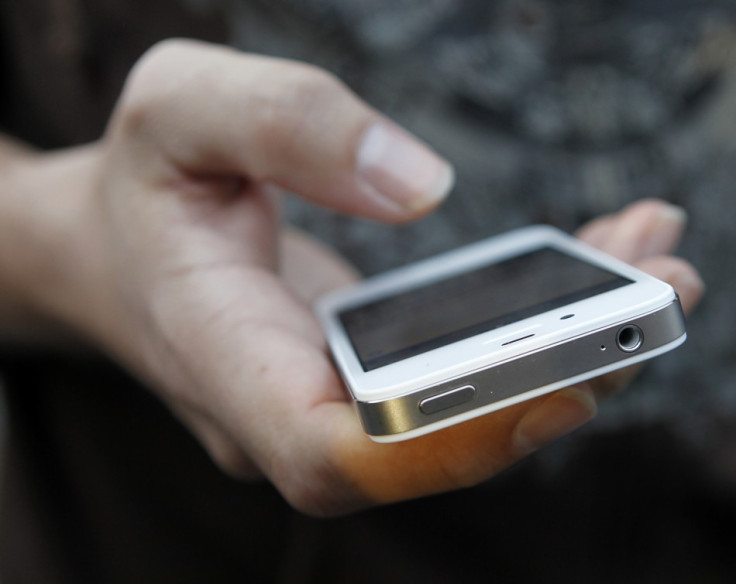
What is jailbreaking?
Despite the connotations of the name, jailbreaking is a harmless process if done properly and, while it does void your Apple warranty, it is not illegal, as is often thought.
Jailbreaking opens up the operating system of an iPhone, iPad or iPod touch and lets the user install a huge range of applications that are not available on Apple's App Store.
These apps including everything from games to utilities and even let you change how the interface looks, adding custom icons, sounds and themes (see below) - something that Apple does not officially allow.
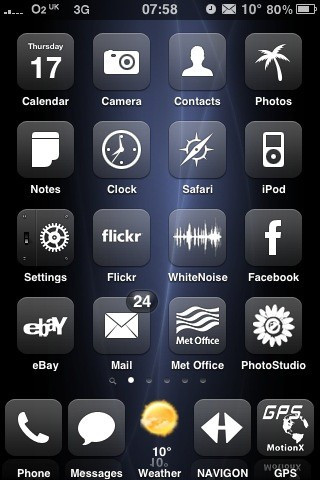
Where did jailbreaking come from?
There was no App Store when the first iPhone went on sale in 2007 - no games, no applications beyond those preinstalled on the phone, and no way to create them. Apart from Steve Jobs stating that there would be some more widgets like the Weather and Stocks apps coming in the future, Apple gave no indication that the App Store was on the horizon.
Seeing the potential for games and other applications for the iPhone, amateur developers soon got to work finding a way to get non-Apple programmes onto the phone.
Just days after the iPhone went on sale in June 2007, the first jailbreaking tools were released and by October an update was available that included the Installer application. Installer acted as a store for apps created by amateur developers, as well as tweaks and custom themes for the iPhone's user interface.
Apple was, and always has been, against jailbreaking iOS devices and as such has continued to close software holes exploited by developers. When one method of jailbreaking is patched by Apple, a new one soon becomes available and the jailbreaking tools are quickly updated accordingly - jailbreaking is often referred to as 'a game of cat and mouse'.
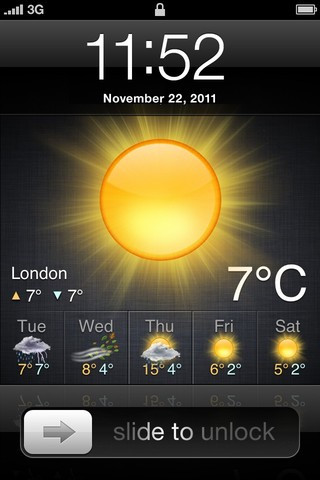
Can all iOS devices be jailbroken?
No, not quite. All iPhones and iPod touchs running any operating system up to and including iOS 5.1 can be jailbroken, as can the first two iPads, but the newest iPad with the Retina screen cannot yet be jailbroken.
What can a jailbroken iPhone do?
Initially, the ability to play games on an iPhone was reason enough to jailbreak, as with no App Store that was the only way to play games on the phone. At first, Apple only allowed web-based apps to run on the iPhone, which could not be used without a mobile data or Wi-Fi connection; jailbroken apps are stored locally on the phone.
Now that the App Store has grown to offer more than 500,000 applications, the focus of jailbreaking has shifted from offering games and applications, to more advanced changes to the user interface - something that nothing on the App Store can do.
UI changes include custom icons and home screen docks, but also animations - such as mimicking an old television being turned off when the device is locked, as featured on some Android phones, like the Galaxy Nexus.
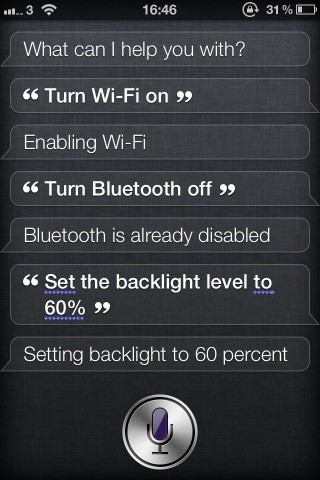
Other tweaks include changes to the lock screen, adding information such as weather forecasts and an in-depth notifications system, long before Apple offered a new system with iOS 5.
When the voice-activated personal assistant Siri was launched on the iPhone 4S developers scrambled to port the application over to other devices, including the iPhone 4 and iPad 2. After weeks of hard work, this was eventually made possible, no doubt much to the annoyance of Apple.
Is jailbreaking safe? Will it damage my iPhone?
Jailbreaking is safe, but users must remember that updating their iOS device to the newest version through iTunes will almost always stop the jailbreak from working, meaning that apps installed from somewhere other than the App Store will no longer work and any changes made to the user interface and icons will be lost.

To avoid this, users who choose to jailbreak should wait until developers give the green light that it is safe to update to the newest version of iOS - sometimes this takes just a couple of days, but with some updates it has taken months.
As Installer and the jailbreaking community is open, with no laws or limitations, rogue applications do sometimes appear. These can be harmful, or simply not work, so it is strongly advised that jailbreakers keep their wits about them and check in the various forums - listed below - if an applications looks suspicious.
Is jailbreaking free?
Yes. Developers involved in iOS jailbreaking have always maintained their promise that the tools needed to jailbreak are free to download and use. Many rogue developers have set up websites claiming to offer iPhone jailbreaking and unlocking for a fee - these often do not work and simply exist to take money from uninformed customers.
Tethered vs Untethered jailbreak
Recent jailbreaking solutions have come in two formulas; tethered and untethered. Tethered solutions usually come first and, while they do mean that owners can jailbreak their device, the jailbreak stops working every time the device is turned off, rebooted or runs out of battery. If the device does get turned off, then it must be connected to a computer and re-jailbroken before full functionality is restored.
By contrast, an untethered jailbreak will remain in place after the device has been turned off or rebooted, without the need to be connected to a computer.
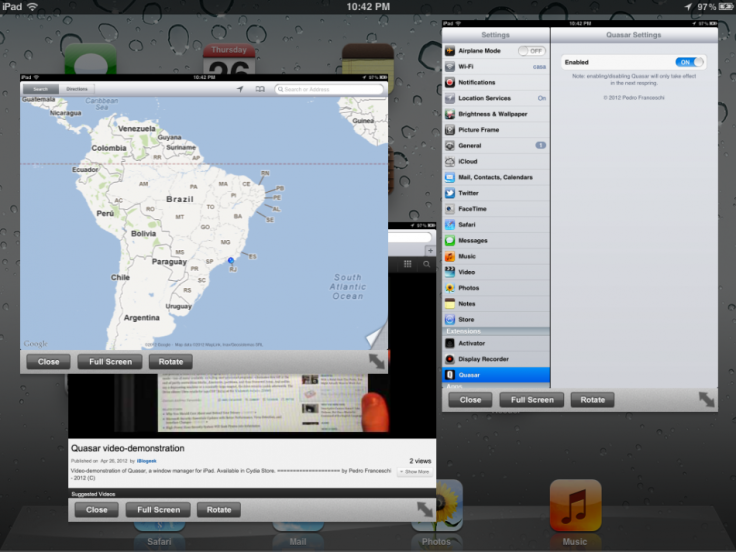
What about network unlocking?
When the original iPhone was launched back in 2007 it was only initially available on the AT&T network in America, but Apple had developed a unique way of setting up each new iPhone, where customers would plug it into iTunes and register with the AT&T network at home, instead of in the shop.
The desire to use a different network in America or another country was strong and by selling the phone unattached to any network - the iPhone would lock to AT&T once activated via iTunes - amateur developers set to work trying to activate it on different networks.
These developers soon found a way around Apple's activation process, making the iPhone work without registering with AT&T. This was done by first jailbreaking the phone, then altering some files deep within the operating system to allow the phone to accept SIM cards from other network providers. This development opened up a thriving market for SIM unlocked iPhones, which sold on eBay for upwards of £1,000 each.
Despite being far simpler than ever, jailbreaking is still something of a dark art. With Apple refusing to condone it and the background threat of malicious applications ever present, jailbreaking should still be approached with caution, but can add a whole new dimension to how you use iOS.
Useful Resources:
iPhone Developer 'Muscle Nerd'
Stay tuned for our complete tutorials on how to jailbreak your iPhone, iPad and iPod touch - coming to IBTimes UK soon.
© Copyright IBTimes 2025. All rights reserved.






















